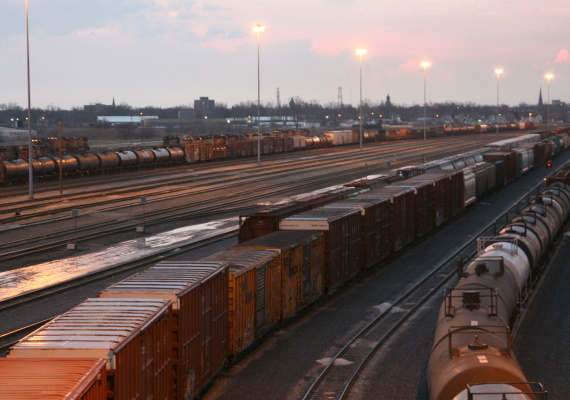When addressing contractual risk transfer in the oil and gas industry, many risk professionals will focus in great depth on the indemnity provisions in a contract. However, a full risk analysis must also account for the additional insured requirements as those provisions can have a dramatic impact on the final allocation of liability when a claim arises. Additional insured endorsements (along with their subrogation and primary/non-contributory counterparts) are effective risk management tools that should be used to support the indemnity obligations assumed in a contract. However, if not properly accounted for, additional insured requirements may lead to some very unexpected, and depending on which side of a claim you are on, unpleasant results.
There are several court cases that illustrate the dangers of unchecked additional insured endorsements, with Getty Oil Co. v. Insurance Co. of North America taking the seminal position. In Getty, the court ruled that a hold harmless obligation invalidated by the Texas Oilfield Anti-Indemnity Statute could still be enforced through the additional insured requirements in the contract. In that case, the indemnitee (Getty) was found to be solely responsible in causing a bodily injury claim. When Getty sought indemnity protections from the indemnitor (NL Industries), the court determined that the indemnity provisions in the contract were unenforceable and contrary to public policy. However, the court did not reach the same conclusion with the additional insured provisions, which were upheld as a “separate and distinct” obligation and enforceable against NL. NL’s insurance carrier ultimately was required to protect Getty as an additional insured (as opposed to an indemnitee) even though NL had no alleged culpability in causing the claim and the contractual indemnity obligations had been voided.
This expanded application of additional insured protections has been reinforced in subsequent cases. In ExxonMobil Corporation v. Electrical Reliability Services, Inc., the parties had executed an indemnity agreement making each party responsible for their respective negligence. When one of ERS’ subcontractors was allegedly injured by Exxon’s negligence, ERS’ insurance was still required to assume the claim as Exxon was an additional insured on ERS’ policy. This broad application of additional insured status is not just a feature of Texas law. In 2016, the 10th Circuit Court ruled that an indemnitee may be protected from losses caused by its own negligence as an additional insured, despite the fact that the case was governed by Wyoming law which strictly forbids a party from being indemnified for its own fault in an oil and gas agreement (See Lexington Ins. Co. v. Precision Drilling Co., L.P).
The legacy of these claims and rulings underscore the importance of scrutinizing the additional insured requirements in contracts. When properly drafted, additional insured provisions are fantastic risk transfer tools that can be implemented to benefit both parties in a contract. However, when they are improperly applied, additional insured provisions can lead to unforeseen outcomes and relying on contractual indemnity provisions or a state’s anti-indemnity laws may not adequately protect your business. Contact the AssuredPartners team of energy specialists for more information about protecting your operations.




